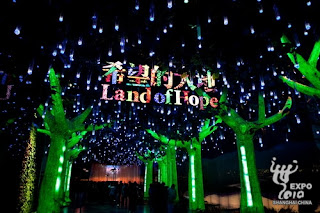introduction:
"it's time for Africa"
familiar with this song? yeah, it is the celebration song for the 2010 FIFA world cup of South Africa.
his name is Zakumi, it is the mascot of FIFA 2010 of South Africa. It is a leopad, a common animal found in South Africa. The green and gold color represenst the South African national sport's team colors. His name comes from "ZA" for South Africa and "kumi" means ten in various African languages.
so, how much do you know about the South Africa, most people will say that place produce the most precious things in the world--diamond. It is true but it has more than that.
Its captal is cape town, it has 48.7 million populations. The famous person in the whole Africa must be NelsonRolihlahla Mandela. He join the revolution and against the bad goverment, his drean is always want to give the African people the real freedom and turn the society to a democracy country. And after all the battle and struggling, he win all the respects from the black people. He gave the black people real freedom and they will never forget him from deep down heart.
and it is the reson why the South Africa pavilion has his photo in front of pavilion wall.
pavilion highlights:
1. national feature: Each iconic image of South Africa is framed and emphasized with halos. Zebra patterns on chair pads remind visitors of the natural scenery in South Africa
2. full color display screens: Full color display screens are installed at the exterior core zones to emphasize original South African cultures with images and sounds
3. characteristic patio: Inside the pavilion is a patio with round pads made of ostrich leather on top. Around the body of the patio are timbers for decoration, which resemble the traditional village and fences of South Africa and symbolize the core of its culture: humanity.


















































